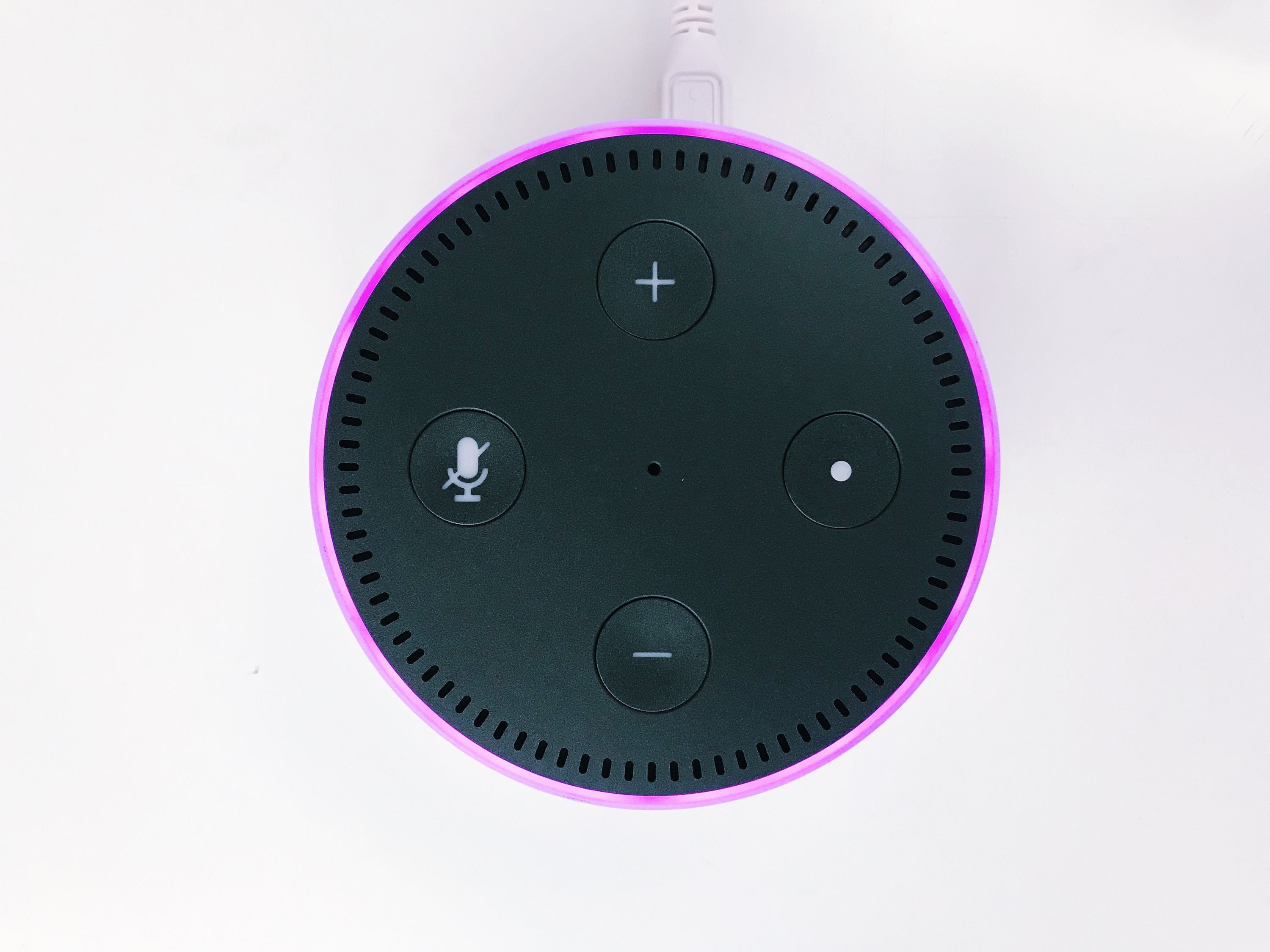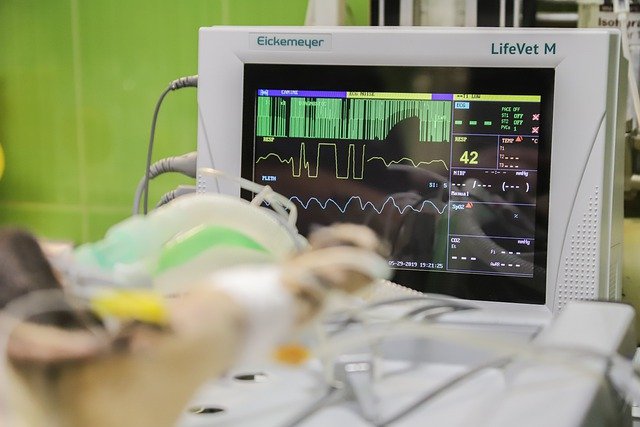A decade ago, giving instructions to your seemingly empty living room might have earned you a few odd looks from your houseguests. But times have changed; now, the sound of someone asking Alexa to make a phone call, Siri to add an item to a shopping list, or Google to report on the weather has become all but commonplace in many households. These in-home AI helpers have different names and voices, but they all share one goal: to make our day-to-day lives a little more convenient. For some users, however, their worth far outstrips convenience alone. Today, virtual assistants and other in-home smart devices serve as a valuable source of daily support for seniors who choose to live out their golden years at home — and in time, they may even come to redefine how healthcare providers approach with senior-centered care in the future.
The day-to-day support voice assistants offer older users is invaluable, if basic. In the past, a family member or caretaker might have had to take on the logistical responsibilities of reminding a senior take their medication on time, helping them purchase groceries, and coordinating their transport around town. Now, AIs can empower seniors to handle those same daily responsibilities themselves with only a few verbal commands.
The voice-activated feature also provides greater agency to those who struggle with mobility or vision problems. As Laurie Orlov, founder of Aging in Place Technology Watch, noted in an article for Kiplinger, “[Voice-controlled tech] is a big advantage for someone in a wheelchair or for people who don’t have good use of their hands, such as someone with Parkinson’s, or find smartphones too small.”
Support devices like virtual assistants can help seniors with limited mobility remain comfortably in their homes and out of nursing facilities for longer than they might have been able to otherwise. This is no small benefit, given that staying at home — or “aging in place — is a popular preference among seniors today; according to statistics provided by the AARP, a full 87% of those over 65 want to stay in their current home or community as they age.
However, the choice to age in place does come with some health risks that Alexa alone can’t mitigate. Unlike those living in assisted living facilities or active adult communities, seniors who age in place are wholly responsible for coordinating their care and addressing their age-related health concerns independently. If they face barriers to care — say, they live in a rural area and can’t easily drive to the doctor’s office — they may try to bear with the problem for longer than necessary. This is a serious issue among seniors; in 2013, the Medicare Advisory Commission found that 60% of all Medicare emergency room visits and 25% of hospital admissions reported that year were “potentially preventable” with earlier-intervening care.
Worse, some studies have shown that an emergency room visit may be the first sign that a senior is beginning to struggle and needs more intensive daily help. To illustrate: researchers for one 2017 study published in the Annals of Emergency Medicine found that seniors who visited the emergency room were 14% more likely to struggle with daily activities (i.e., bathing, dressing, cooking, shopping, etc.) six months after their visit than older adults of the same age and similar illnesses who did not visit the ER.
Two points are clear. First, many seniors want to be able to stay at home as they age. Second, remaining at home without significant support can be damaging to a senior’s long-term health outcomes. At first glance, these two points appear at odds — but technology may be able to bridge the gap and provide at-home caregiving solutions that take virtual assistance one step further for seniors.
Senior-Centered Voice Assistants
Consider LifePod, the Alexa-esque virtual assistant that is specifically designed to provide health monitoring services and support seniors throughout their daily routines. This in-home, voice-activated device connects older adults with a remote, human caregiver. This allows the caregiver to check in and talk to the senior throughout the day without needing to visit in-person. The caregiver can also set notifications that will remind the senior to take medication, drink water, or prepare for an appointment. The LifePod can, on request, even coordinate rides to doctor’s appointments and provide entertainment options at home. It’s an interface similar to Alexa and Siri — but provides seniors the added reassurance of knowing that daily medical support is only a tap or call away.
Emergency Wearables
When a senior falls, they won’t always have the time — or ability — to call for help. Luckily, some smart wearables are capable of calling for them. In the fall of 2018, Apple announced that its Apple Watch Series 4 would use its internal EKG reader, accelerometer, and gyroscope to identify when hard falls occur. Once they do, the watch sends its user an alert, which they can either dismiss or use to call emergency services. If the device doesn’t notice movement within 60 seconds, it automatically sends the user’s location to medical responders, thereby allowing for timely professional intervention when medical emergencies do occur.
The device has reportedly saved lives already. In early February, Apple Insider reported that 67-year-old Toralv Ovstang survived a late night fall that left him with skull fractures after his Apple Watch alerted emergency services. He had no other fall alert device and, the Apple Insider reporter writes, “likely would not have survived the night had emergency services not been called.”
In-Home Healthcare
All of the examples so far have been focused on logistical coordination or support — but what if health care services could come directly into seniors’ homes, too?
Virtual care solutions for seniors are on the horizon. In early February, the president signed a budget that included funding for the CHRONIC Care Act — an initiative which permits private Medicare Advantage plans to provide more coverage for telehealth services. The program would allow geographically-isolated or mobility-impaired seniors better access to consistent primary care services and potentially improve their long-term health outcomes. It also presents an enormous opportunity for telehealth companies, who will have better access to a valuable consumer base, and seniors, who would receive more convenient care. Moreover, given that Medicare Advantage enrollment is expected to rise to 38 million by the close of 2025, the potential impact of the Act is significant.
Seniors today have access to a host of in-home monitoring, emergency dialing, and virtual care tools. Taken together, they begin to address a question that healthcare providers, insurers, and private sector innovators alike have been wondering for years — how can we create solutions that will empower seniors to remain at home and allow them the same high caliber of care that they might receive in more in-person residential settings? How can we do it efficiently?
Technology will help us provide an answer — and as we continue to progress in our tech-powered world, it seems given that virtual tools like Alexa will surely become a valuable member of a senior’s care team.






